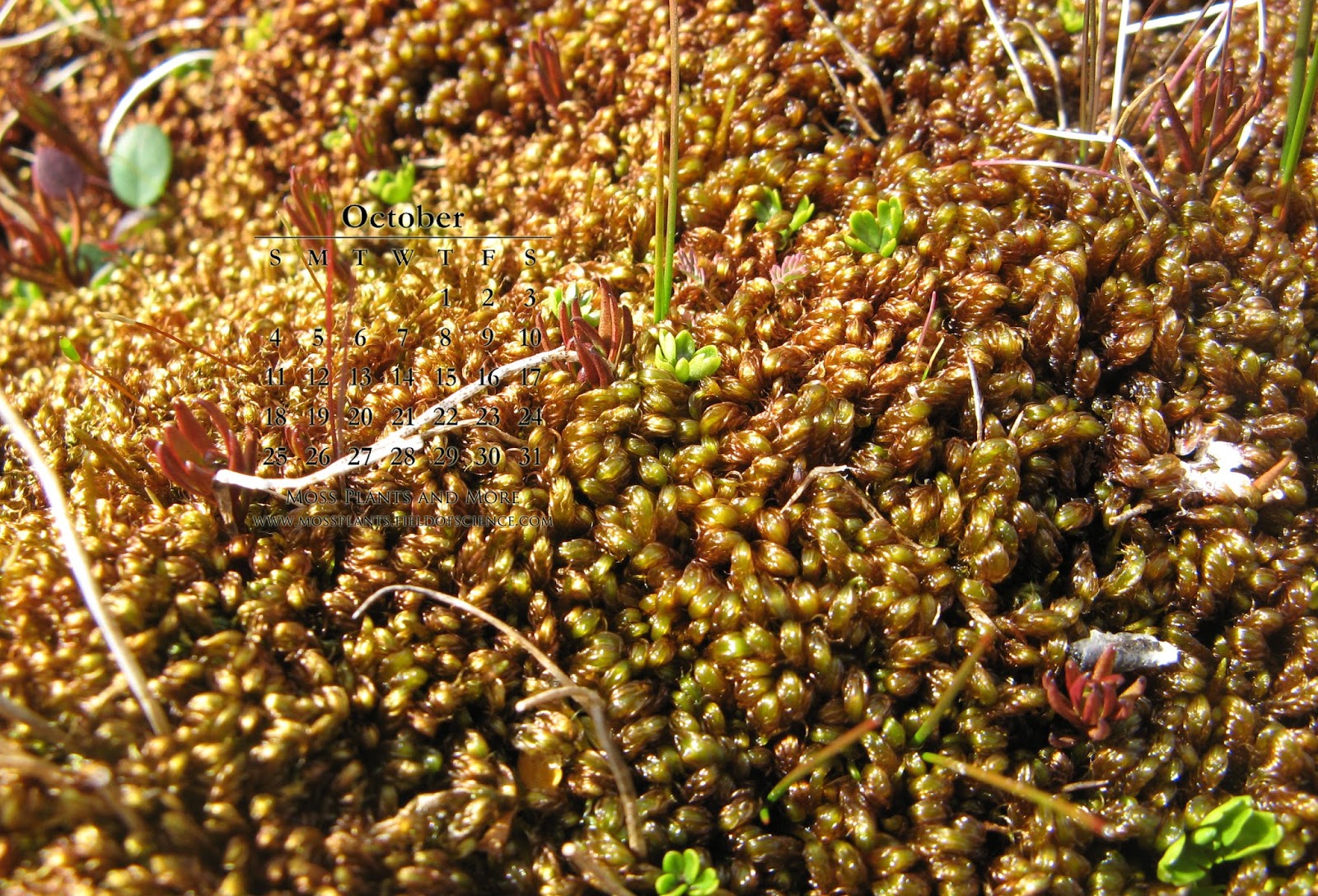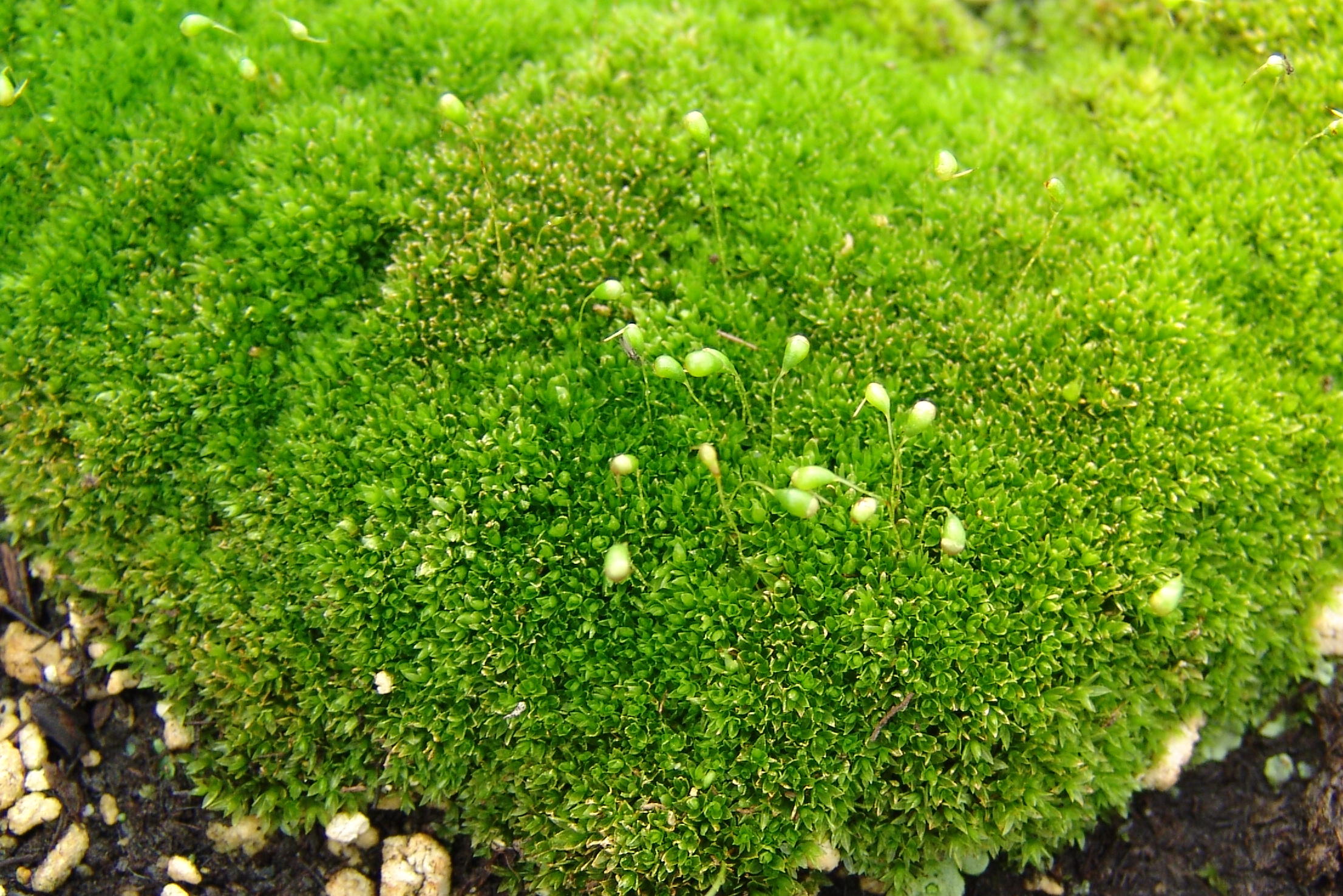



By contrast, the exceptionally high rate of homologous recombination in P. patens was unattractive to most researchers, and their disaffection was exacerbated by the paucity of markers required for effective mapping of new mutations that existed prior to the generation of a genetic linkage map based on numerous molecular markers and anchored to the genome sequence. Ĭonsequently, forward genetic analysis in P. patens homologues of Arabidopsis Aux/ IAA (auxin/indole-3-acetic acid) genes. Thus, it was another three decades before a candidate-gene strategy showed that 8 of 17 chemically-induced nar (1-naphthalene acetic acid and indole-3-acetic acid resistant) strains harbour mutations distributed among the three P. However, mapping the ove mutations and identifying the genes affected and their corresponding proteins have yet to be achieved.įorward genetic dissection of a developmental process using somatic hybridisation is compromised when the causal mutations are dominant. The biochemical basis for the ove phenotype is an increased level of biologically active cytokinins, principally N 6-(Δ 2-isopentenyl) adenine. Recessive mutants were assigned to three complementation groups ( oveA, B, and C) and the ratio of ove to wild-type segregants from a selfed oveA/ oveB somatic hybrid showed that the two affected genes are unlinked. Somatic hybridisation demonstrated that the ove phenotype is recessive in all but one case, and the ratio of mutant to wild-type postmeiotic segregants from self-fertilised hybrids was consistent with the altered phenotype being the result of a single mutation in each case tested. Perhaps the most complete early example of this forward genetics approach involved 15 sterile gametophore overproducing ( ove) mutants. To circumvent this problem, somatic hybrids were made by protoplast fusion. Since protonemal tissue, the first tissue to be formed from a germinating moss spore, can be propagated vegetatively, the culture of mutants that were abnormal even at an early stage of development presented no problems-although when such mutants were sterile, orthodox genetic analysis was not possible. patens plant model system envisaged using classical forward genetics for the dissection of developmental processes. hygrometrica because of the invaluable preliminary studies of Engel and the short, approximately 8-week life cycle of P. The physiology associated with this sequence had been partially characterised in the closely related Funaria hygrometrica and, for example, shown to involve auxin and cytokinin. Its gametophyte generation is haploid and exhibits an ordered sequence of developmental transitions facilitating the isolation and identification of mutants. The moss Physcomitrella patens was originally chosen for the study of gene regulation in plant development.


 0 kommentar(er)
0 kommentar(er)
